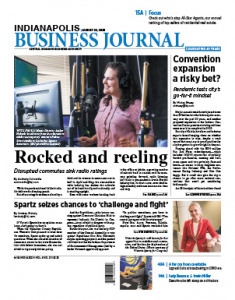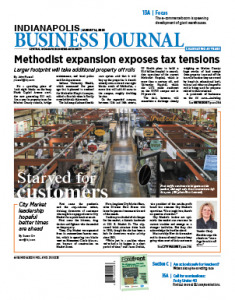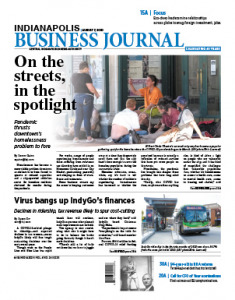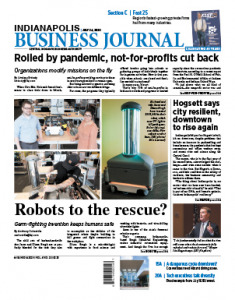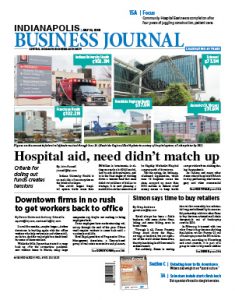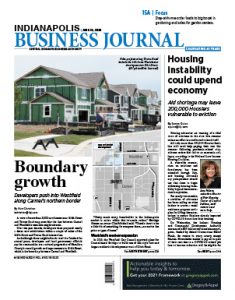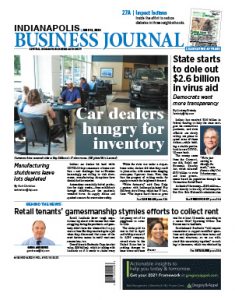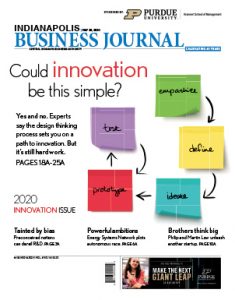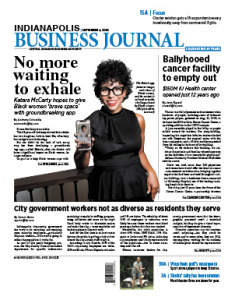
SEPT. 4-10, 2020
When the $150 million Simon Cancer Center opened in 2008, it was hailed as a breakthrough facility that would have a lasting impact in the battle against cancer. IBJ's John Russell explains why, just 12 years later, IU Health officials are planning to abandon the 400,000-square-foot building and move its patient care and research operations elsewhere. Also in this week's issue, Samm Quinn explains why the city of Indianapolis is analyzing the makeup of city-county staff and whether the demographics match that of the overall city population. It appears city leaders have some work to do recruiting and retaining more minority employees—particularly Hispanic workers. And Mickey Shuey profiles architect Stephen Alexander, who has been a key figure in several projects to reinvigorate downtown south of the Mile Square.

